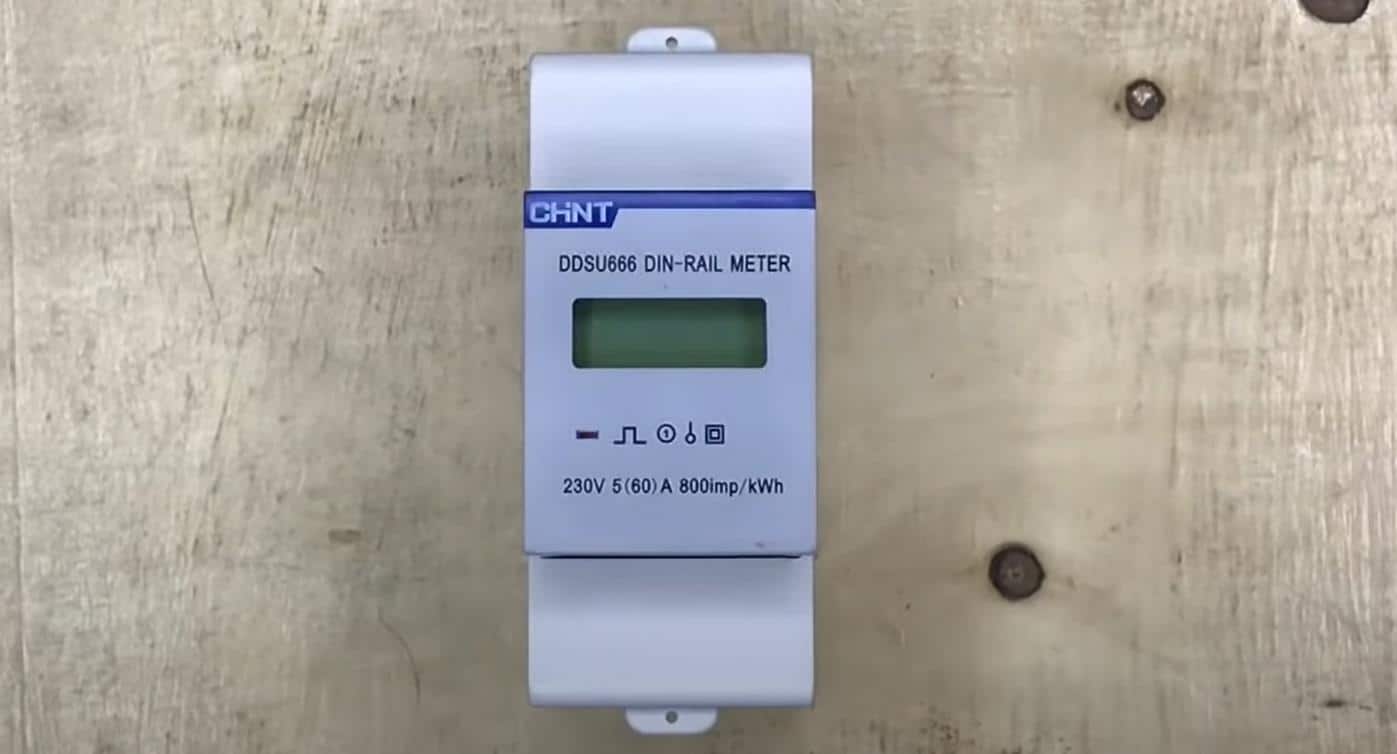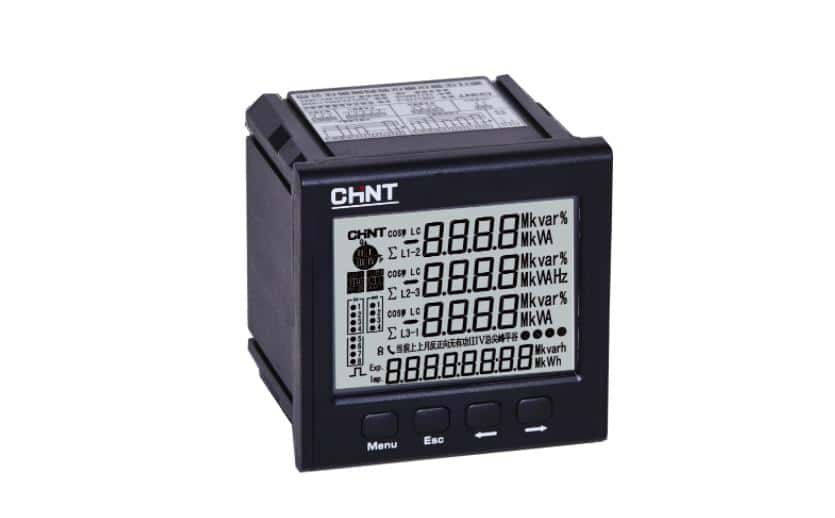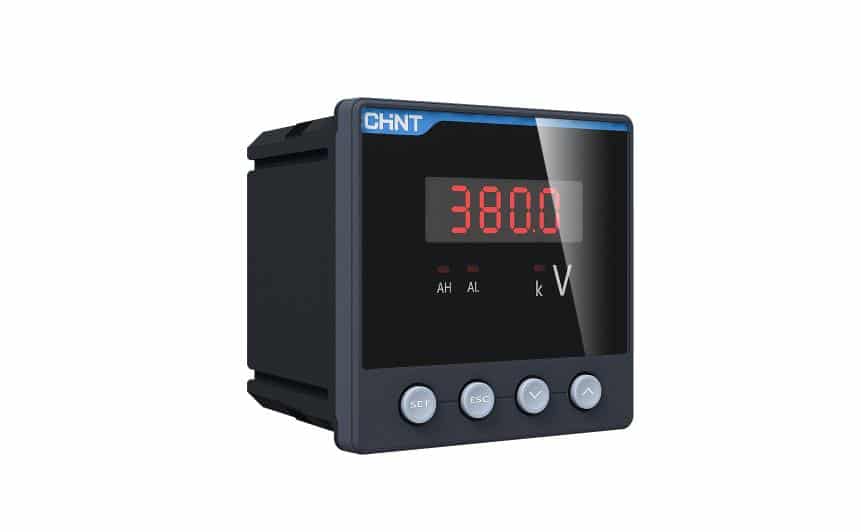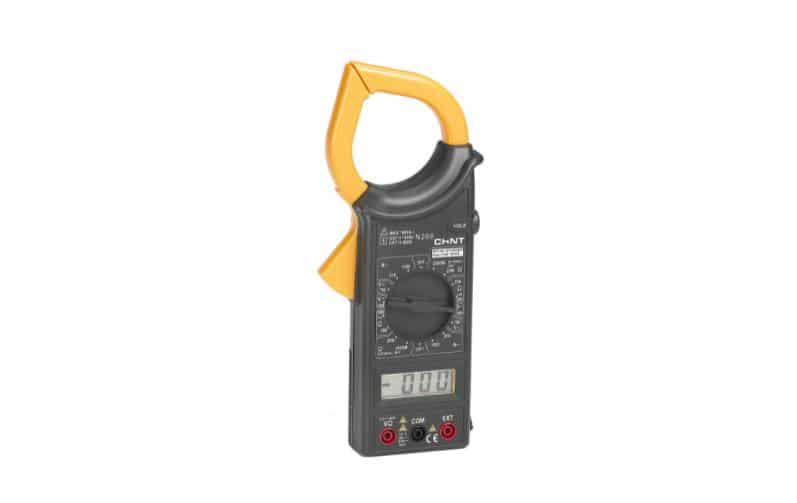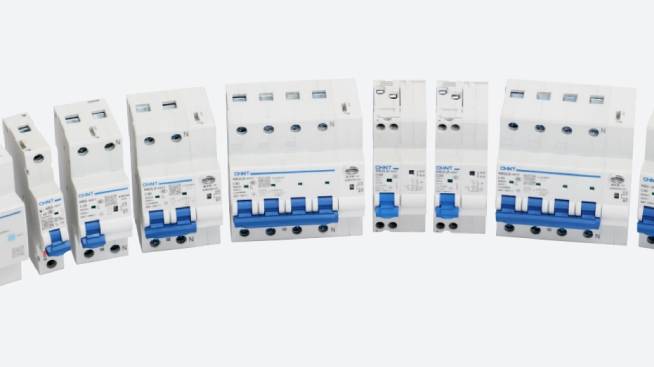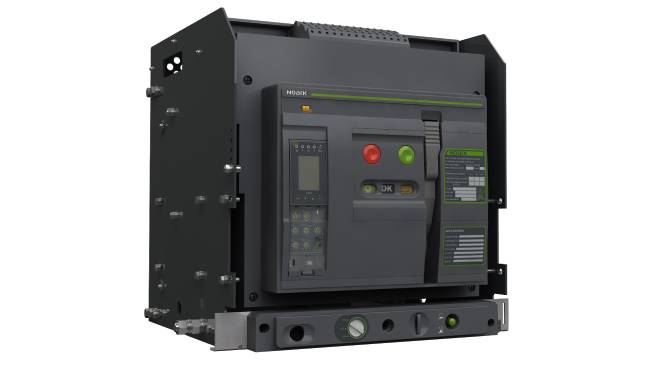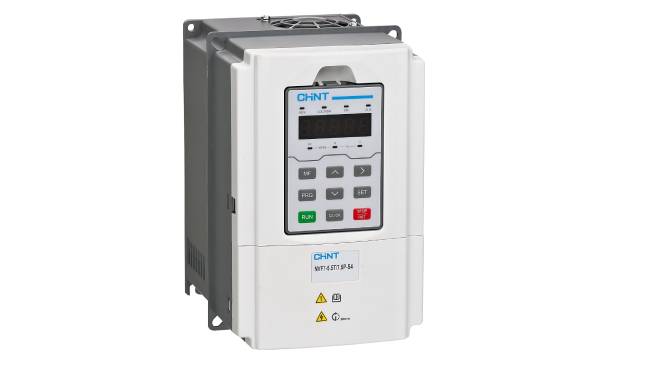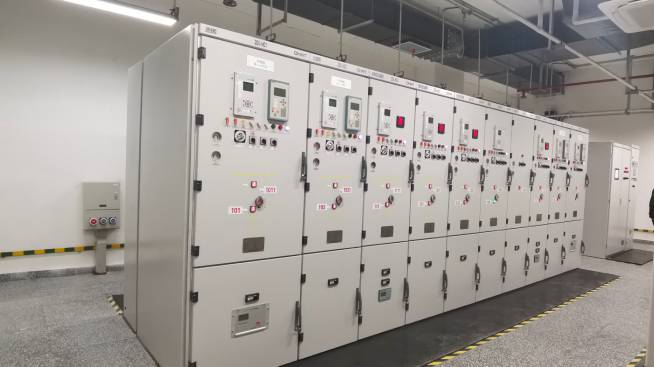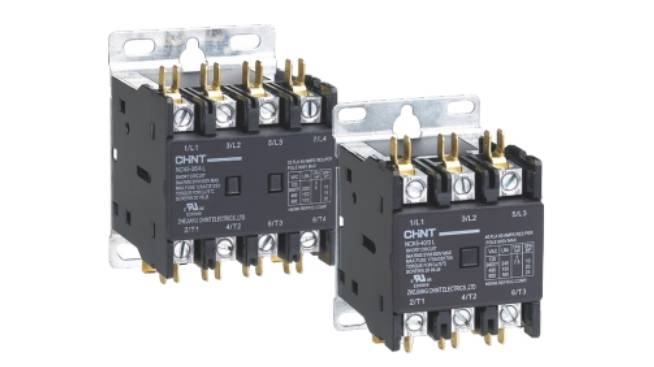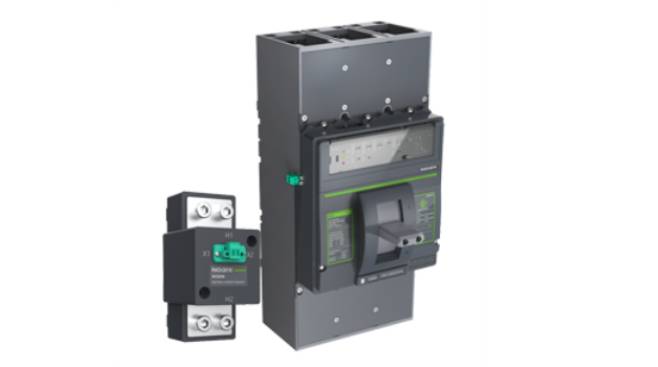Table of Contents |
Checking the status of your electronic devices is a normal thing to do. However, it’s not the only reason you should have a digital meter at home. Some may be interested in doing electrical projects on their own, and some may just be needing the tool. Regardless of the reason, digital electric meters should be present in every home.
As you may know, a digital multimeter is a measuring tool that measures electrical quantities like current, resistance, and voltage. The measured values are displayed on the digital screen of the device for safer and easier measurement. Though, if you’re a first-time user or perhaps interested in knowing about digital flow meters, you’ve come to the right place.
How Does a Digital Meter Work?
Learning how a digital voltage meter operates is helpful when using one. The best way is to understand how the DMM functions and how it selects the best settings. The DMM works differently than traditional analog multimeters due to digital technology instead of conventional dials. Adding new measures towards the primary IC doesn’t always considerably increase the cost.
Digital meters can typically measure an electrical object’s volts, amps, and ohms. However, there are more advanced digital electric meters available now that also measure the transistor hfe, capacitance, temperature, continuity buzzer, and more. You can say that a digital clamp meter works as a converter and, at the same time, a measuring tool.
Digital multimeters are to-go tools for every maintenance worker and professional electrician. It makes them more accessible for them to look at the frequency, continuity, conductance, resistance, and inductance of an electric object.
When workers need something more specific in measurement, a digital electric meter can help look at the rotations per minute, decibels, microamps, graphing and waterproof capabilities.
What are the Three Types of Digital Multi-Meter?
Fluke Digital Multimeter
Fluke digital multimeters are typically used in electrical activities that necessitate the use of a calibration procedure. Due to its capacity to calibrate currents, volts, and even other electrical units, it has the edge over different types of digital multimeters compared to their capabilities.
Clamp Digital Multimeter
Generally speaking, a digital clamp meter is measuring equipment that has built-in tools that are used to measure the electrical flow through an object. This digital voltage meter distinguishes itself from other varieties by utilizing the clamping force of the instrument to measure the current flow. Despite this, it is still only suggested for usage by trained professionals.
Autoranging Multimeter
It is an auto-ranging multimeter, a digitalized measurement equipment designed to make projects easier to complete. Electricians who like to conduct their own electrical projects in their homes are more likely to employ this measurement method with their works. That’s because it only measures one thing at a time. Also, this digital flow meter is classified as a focus type of tool.
How to Read a Digital Meter?
In order to track your electricity consumption, you must first establish a reference point and an ending point. That way, you can determine how much power you consume over the course of a month. Take an initial assessment during the 1st day of every month. Then it should be followed by a second reading on the last time/day of the month, as described earlier.
The distinction between the 2 readings will indicate how much kWh of energy you utilized during that particular month of use. If you want to obtain a reading, begin with a digit from the farthest left dial within the meter and work towards the right. Make a list of the numbers in the order they appear.
Consider the following scenario: your initial assessment (at the start of this month) is 01050. It shows 02050 in its second reading (taken at the end of a specific month). Deduct the lesser value from the upper reading to arrive at the answer: 1000. This indicates that you consumed 1,000 kWh of electricity throughout the period of a month.
When the scale is between two digits, it is critical to remember that the measurement must be logged as the smaller of the two. For example, if the dial were between the numbers 1 & 2, the read would be stored as just a 1 until the dial reached the number 2 on the scale.
Another notable remarks is that when you check the 5 dials, you will notice that the very 1st, 3rd, and 5th dial figures go in a clockwise manner. Meanwhile, the 2nd and 4th dial numerals go in a counterclockwise way. This is entirely normal and should not be a cause of alarm.
CHINT Digital Meter
MY60/64 Digital Multi-Meter
MY60/64 is a three-quarters high-accuracy digital electric meter that was designed for ergonomic principles, appeal, and durability. It uses an A/D transformer with an extensive array circuit. This means high accuracy and reliability, reduced voltage evidence, quick measurement system speed, strong overloading capacity, and fairly low energy consumption.
N266 Series Digital Clamp Meter
The N266 is a type of trinity partial electronic pincer-like meter that provides stable operation, security, and dependability. With an A/D conversion and a huge-scaled gathered circuit for the whole instrument, it is distinguished by all-range protection devices, low-level voltage signaling, data hold, inductive inkling, and quick measurement, making it the tool of preference for electrical measurements.
NAS830B, NAS838 Series Portable Digital Multi-Meter
Trinity halfly automated range digital clamp meter NAS838 and NAS830 series are small, lightweight, and easy to use. They have consistent performance, protection, and serviceability. They also have a data hold, backlighting, low-level voltage display, and negative automatic display. This makes them the ideal device for electrical engineering.
The device can measure DC, DC voltage, resistance, AC voltage, temperature, circuit on-off tests, and diode. Since there are so many numerous product versions, their features will also be very different.
Conclusion
Knowing about digital voltage meters is as vital as learning the different types of them. Through this article, we hope that you get to understand how digital flow meters work and how the different types vary from each other. After all, everyone at home will need to have a digital multimeter one way or another. So it’s a great way to know and learn about it now.




